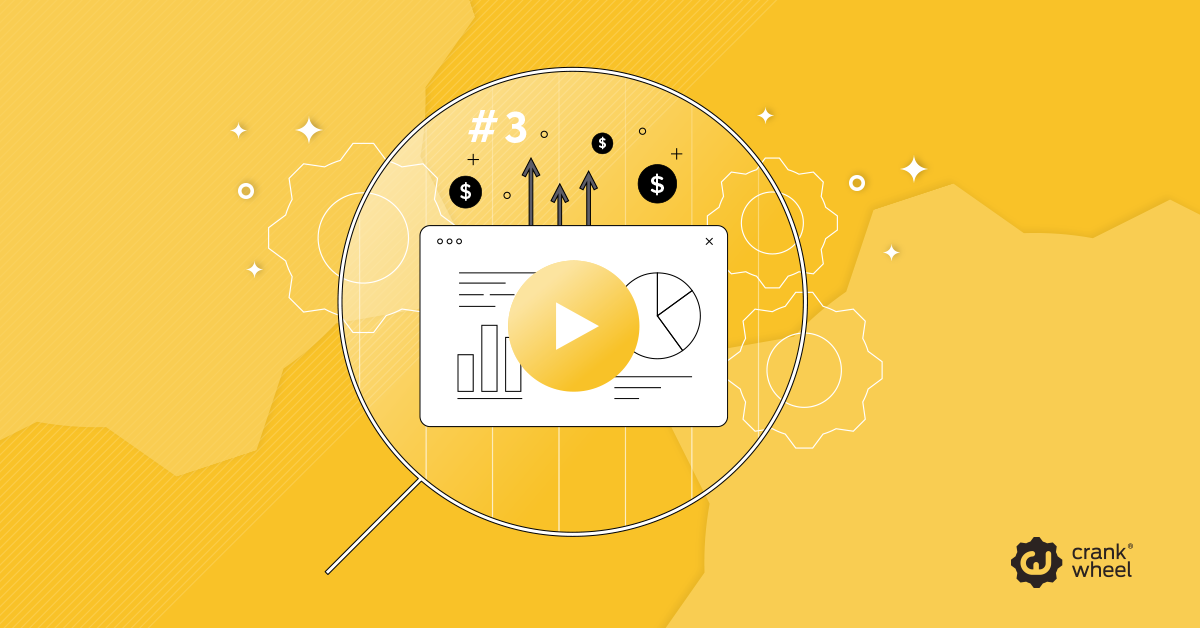Solution selling: How to create amazing presentations that get results
In the third part of this series, we look at sales presentations and the role they play in solution selling.

Sales presentations can be used one of two ways:
- On a sales demo, or sales video call. This is where a salesperson, whether outbound or inbound is using one to support what they’re saying to a prospect, giving them more information using a presentation; with the aim of improving the outcome of a sales call.
- Presentations, also known as pitch or proposal documents, can be sent to prospects after sales calls/demos, to provide them with more information; with the aim of converting them from viable leads into clients. Ideally, these presentations should contain information tailored around the needs of the prospect, following an initial call, especially when your sales cycle involves more than one conversation to close viable deals.
Before investing time or money into having these created, it’s worth asking: are they effective?
Are sales presentations effective?
Yes, they are. Sales presentations are worth investing in, providing you put time and effort into creating presentation that make a positive impression.
According to research over the last few years:
- 63% of people who listen to and engage with presentations remember stories;
- Videos are also incredibly effective. Including them in a presentation makes people 85% more likely to go ahead;
- Visuals enter our brains 60,000x faster than purely text, which is why you need to include eye-catching and meaningful visuals in your presentations.
- Collaborative words in presentations are incredibly useful, with top salespeople 10x likelier to use them, so put these in your presentation: “we,” “us,” “our,” and “together”;
- Equally, you should include words that inspire confidence: “certainly,” “definitely,” and “absolutely.”
Think of sales presentations as an extension of your calls and demos. Prospects want to know more. They also might need to share this presentation with relevant stakeholders, such as budget holders.
So if a prospect asks for pricing information, then make sure you’ve got a few pages in the document to include a customised quote. This could make all of the difference between winning the client or them going elsewhere.
How to create sales presentations
Don’t worry if you can’t put one of these together yourself. If you’ve not got the time or experience, there are lots of ways companies can have presentations and other sales enablement documents put together.
Either a marketing person, or team, should have the relevant skills, experience and software, or an outside agency or freelancer would be able to get the work done. However, this doesn’t mean it’s a hands-off process for salespeople.
Because this is material you will be using everyday, and you know the audience best (e.g. sales prospects and customers), it should be a sales-led project to get these created. Next, we look at what should be included to make the most of sales presentations.
What should be included in a presentation?
Sales presentations, pitch decks or proposals (what you call them depends on where they sit in the sales cycle), need to answer the following questions:
- What your product/service does?
- What problems does it solve; pain points does it help overcome?
- How do you solve those problems?
- Why are customers happy with the product/service you provide?
- If possible, explain what the ROI is?
- Who else you work with (customers with a name recognition factor are always useful)?
In more detail, sales presentations should include the following sections:
#1: Frame the problem. Assuming you’ve got a clear product/service — market fit, can you easily outline or demonstrate what the problem is, and therefore how you solve it? Frame the problem with something every client experiences/knows, and then quickly move into the value proposition or other messaging that outlines how that solution is provided.
#2: Product or service overview. Explained clearly. A few lines should be enough, with some compelling and eye-catching visuals too.
#3: A clear message, also known as a value proposition. Encompassing what you are, and who you serve.
#4: Problem > Solution messaging. What problems or pain points do you solve, and how do you solve those?
#5: Client success stories. Case studies and testimonials are what you need to demonstrate the value you bring to the table and why other companies love your product/services.
#6: Next steps. Assuming a prospect’s interested, they need to know how they can move forward. Can you make that clear and easy to follow? If you can, then put that towards the end of a presentation. This should include pricing information when sending a proposal out. When giving a presentation online, such as on a sales video call, it doesn’t need to include pricing.
#7: A process outline. What does working with you look like, how easy is the process, what can clients expect?
#8: Visuals. Not just logos and branding, but product or service images, and also give prospects an idea who you’ve worked with (headshots of clients, and their logos), plus team photos, and anything else that might be useful; e.g. awards, positive press mentions, etc.
#9: Results / ROI. Providing you can measure this; what results can clients expect, what sort of ROI, and in what kind of timescale?
Key Takeaways
Sales presentations are essential parts of solution-based sales processes. Using presentations on sales calls/demos improves outcomes, giving prospects a visual overview, and more information. After a call, another type of presentation should be sent out, to support what was said on the call, give them a costing, and use it to encourage decision makers to go ahead.
In our next installment, will find out how to overcome objections, sell strategically and follow up effectively.
You can also go back to review:
CrankWheel - Cut your sales cycle in half with instant screen-sharing. Go from two or more sales calls to one: Become a one call close sales team.
